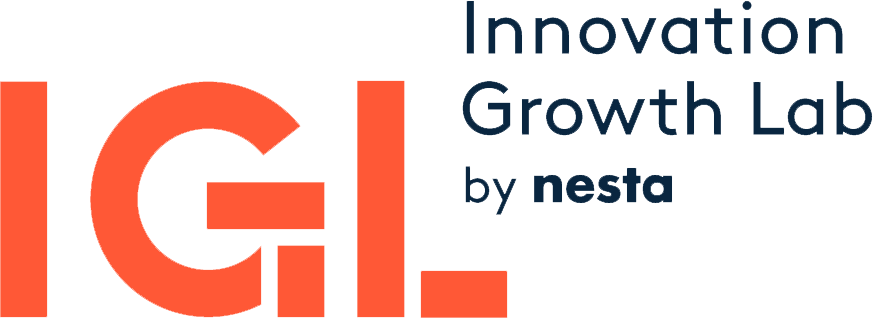This paper investigates whether social identity considerations and norms may be driving occupational choices by women. We implement a randomized field experiment to analyze how the self-selection of women into the technology sector changes when we randomly vary the recruitment message to potential applicants to a 5-month software coding program offered only to low income women in Peru and Mexico. In addition to a control message with generic information, in a treatment message we correct misperceptions about expected returns for women and their ability to pursue a career in technology. This de-biasing message doubles the probability of applying (from 7% to 15%). We then analyze the stark differential self-selection patterns for the treatment and the control groups to infer the potential barriers that may explain occupational segregation. We find evidence that both expectations about monetary returns in the sector and a perceived “identity” cost (as reflected by an IAT test and survey measures) of a career in technology operate as barriers. We interpret our results in the light of a Roy model where women are endowed with returns to skill in the technology and services sector, and bear an identity cost of working in technology (à la Akerlof Kranton, 2000). Through a follow up experiment in Mexico DF we are able to rule out alternative explanations for our results and point to what dimensions of the initial treatment matter most. Our results suggest social identity can explain persistent occupational segregation in this setting and point towards policy interventions that may alleviate it.
